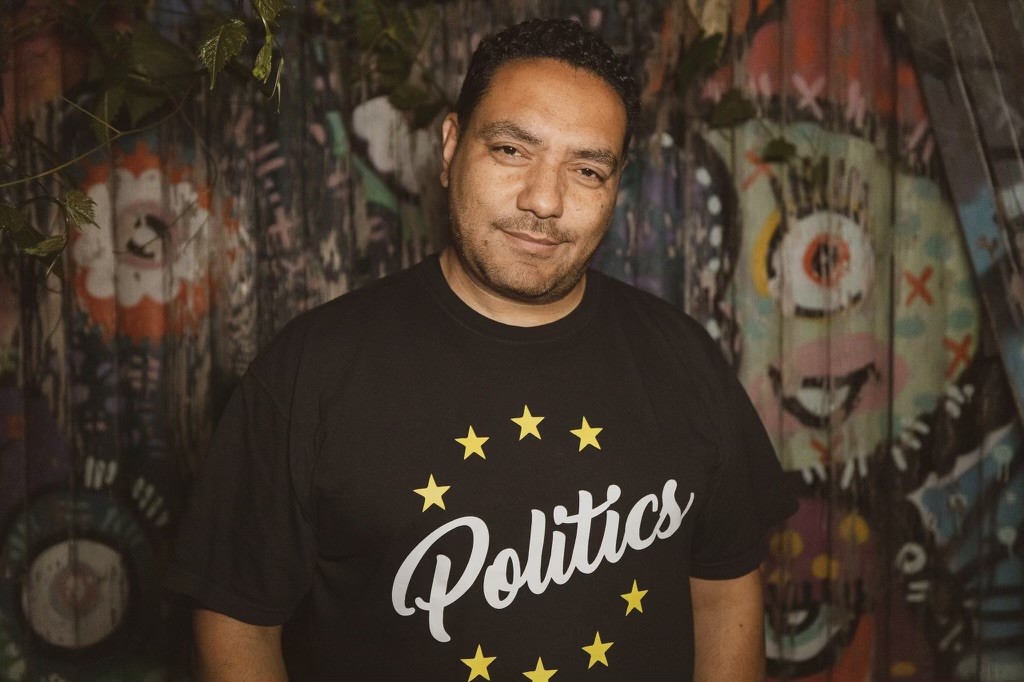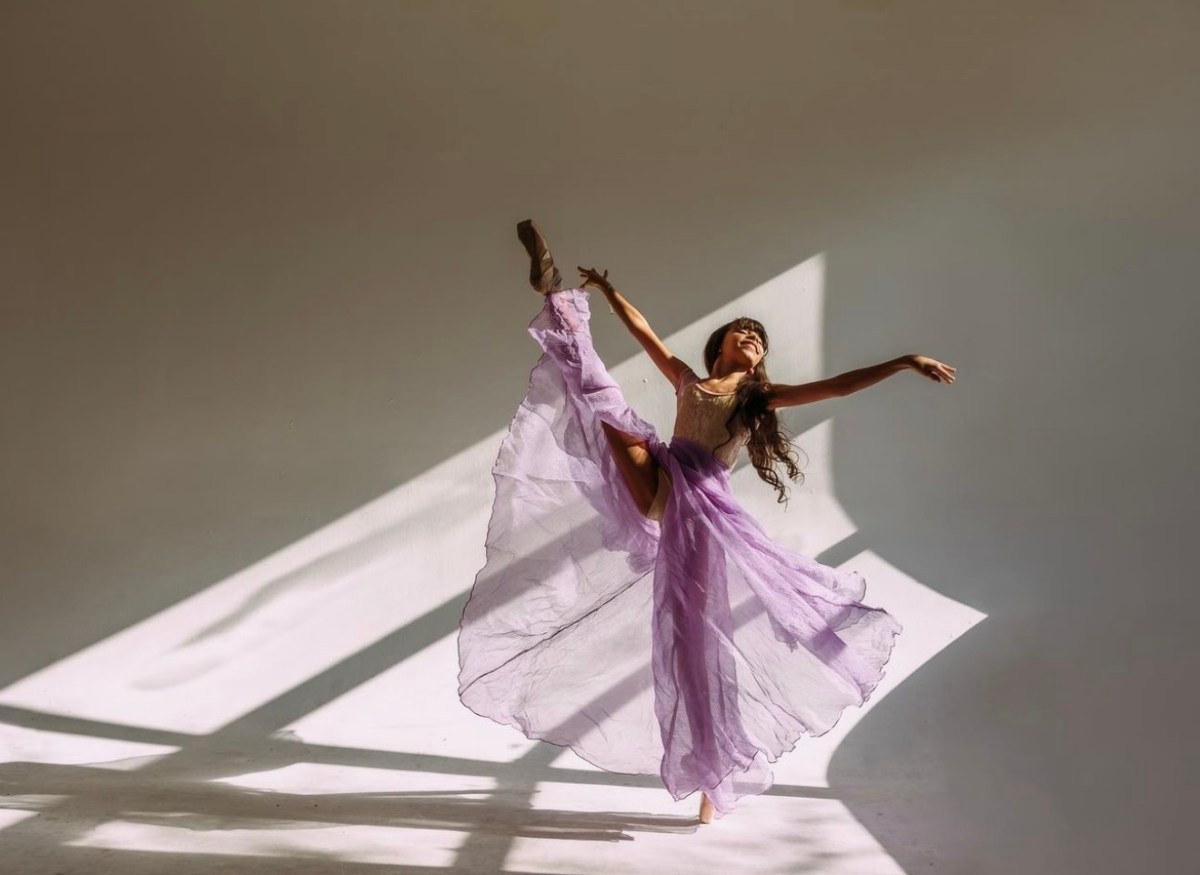By Bonnie Rosenstock
To unobservant passersby, the classic-revival, limestone-and-brick building at the intersection of Grand St. and East Broadway would be just another spectacular Lower East Side structure, if not for an intriguing bronze sign on the facade that says “Ritualarium” in English. To observant Jews, however, the Hebrew words below that which announce, “House of Immersion” have a sacred meaning. Open the wooden door to No. 313, and you enter into the ancient practice of mikvah.
Since 1928, the building has housed the oldest uninterrupted mikvah in the United States, an institution that has been practiced by Jewish women and men for more than 3,500 years. Mikvah, which literally means “a gathering of water,” is a deep pool of natural, living water in which one completely immerses oneself from head to toe for the purpose of restoring ritual purity. Women are required to use the mikvah, or ritual bath, before their wedding, after childbirth and following menstruation. It is also an end step for Jewish conversions.
For men, however, it is not a requirement, but is desirable, especially before holidays and the Sabbath, explained Dr. Aaron J. From, president of the Agudath Taharath Mispacha (Association of Family Purity) of the East Side, or ATMES, which administers the facility.
Dr. From, whose family has had a presence on the Lower East Side since 1898, lives across the street from the mikvah. He is married with three grown children. Besides his combined duties as architect, engineer and acknowledged “advanced do-it-yourselfer” for the upkeep of the mikvah, he is a doctor of optometry, an ordained rabbi who volunteers in a small Upstate synagogue, a polyglot and a certified lifeguard, among other talents.
Peak time for the mikvah recently passed because of the spate of Jewish holidays in September and October. On a visit shortly after Yom Kippur toward the end of September, more than a half-dozen, Hefty-sized, black plastic garbage bags were gathered in the entranceway, filled with towels and robes to be laundered, bearing witness to the large number of recent practitioners.
“Before Yom Kippur, it’s almost a commandment for men,” explained Rabbi Yeshaya Siff, vice president of ATMES and rabbi of Young Israel of Manhattan, which was the first Y.I. in the U.S. Young Israel’s synagogue, located on the 200 block of East Broadway, is in the process of being demolished to make way for a new one.
“Mikvah is a religious institution that is so important in Orthodox tradition that it supercedes even the building of a synagogue,” Siff added. “Any funds would first have to be allocated to a mikvah. It’s really the one organization which is supported and endorsed by every member of the Orthodox community, regardless of political affiliation.”
A long, narrow passageway leads to a procession of doors that open onto four mikvahs, or mikvaot, two on the left for women and two on the right for men, who use them at different hours. There are pristinely maintained pink-tiled bathrooms, which are for preparatory cleansing, and one spacious dressing room. The association provides all personal toiletries as well as towels, robes and slippers.
“It’s a spiritual purity, not a physical cleanliness,” said Siff, “so you have to be clean before mikvah.”
A suggested prayer of three paragraphs is posted on the bathroom walls in English and Hebrew, which may be recited before immersion. Only the first line of the benediction, which includes the words, “for the sake of purity,” is obligatory for women.
“Personal prayers and supplications are acceptable,” stressed From.
The mikvah chamber is low-lit and earth-toned, constructed to resemble a natural spring or well. It is large and deep enough for a 6-footer. There is a religious attendant available to assist in the process if necessary and to act as a witness. Immersion takes only a moment, but to practitioners, the effects are powerful.
The water in the pool is emptied and refilled every day and chlorinated twice a day. Digital readouts monitor the water’s temperature by the minute. The women’s mikvahs are heated to approximately 99 degrees, “but the men like it a little warmer,” noted From.
Since this is the Lower East Side, “living water” is a combination of rainwater and New York City tap water.
“We capture a few thousand gallons of rainwater on the roof and bring it down to the concrete holding tanks, which are disbursed under the floors of the four mikvahs,” explained From. “We flood these tanks with city water and when the two waters touch, it’s as if they were both rainwater, which then flows into the pool.”
The rainwater passes through plastic pipes, which are located along the back of the five-story building. The pipes have no fittings because obstructions are not permitted, and the rainwater must not pass through metal.
“We got a religious exemption to use these kinds of pipes,” said From, “because rats gnaw on them.”
In the past, the East River, three blocks away, provided the natural water.
“In 1928, in lieu of rainwater, they brought blocks of ice by horse and wagon directly from the river,” recounted Rabbi Siff. “Ice would melt in the concrete cistern and run into the mikvaot.”
Although the neighborhood still has a significant Orthodox Jewish population, the changing demographics have been consistent with the decline in the usage of the facility. But the mikvah has always remained open, said From, except twice a year, for the fast days of Yom Kippur and Tisha B’Av. Additionally, now that more neighborhoods have mikvahs, including a brand-new one on the Upper East Side and a remodeled mikvah on the Upper West Side, attendance tends to be more local.
Still, between 100 and 125 women and an equal number of men use the mikvah each month. Since there is no sign-in, in order to ensure complete privacy, they calculate this number by the amount of towels washed or the treasurer’s estimate, said From. Because the donation of $10 for women and $5 for men is only suggested, it’s pay what you can afford.
The building was completely renovated from basement to roof about 10 years ago, under From’s supervision. It was built in 1904 to house New York City’s first settlement house. Later it was used for the first Jewish women’s teachers college. No. 311 East Broadway — with its separate entrance — and the floors above the mikvah are rented out as commercial office space. The roof is rented to several cell phone companies, including T-Mobile and Cingular. These commercial ventures have helped offset the prohibitive costs of operating the mikvah.
For several generations, Jewish women have rejected the practice of the monthly ritual cleansing as demeaning to women. However, along with the return to other traditional practices and higher attendance at synagogues, especially on the High Holy Days, there has been a trend by younger women to view mikvah in a more modern, fashionable, even feminist light.
“Sometimes people look at these things as a relic of ancient times,” said Siff. “They are treated as a way of portraying Orthodox Jews as an anachronism. It’s not. It’s a living tradition, which people are returning to and to which even nonobservant Jewish women are attracted. Mikvah is a sign of immense respect and consideration that Judaism has for women. It’s a recognition of their central place in the religion.”




































